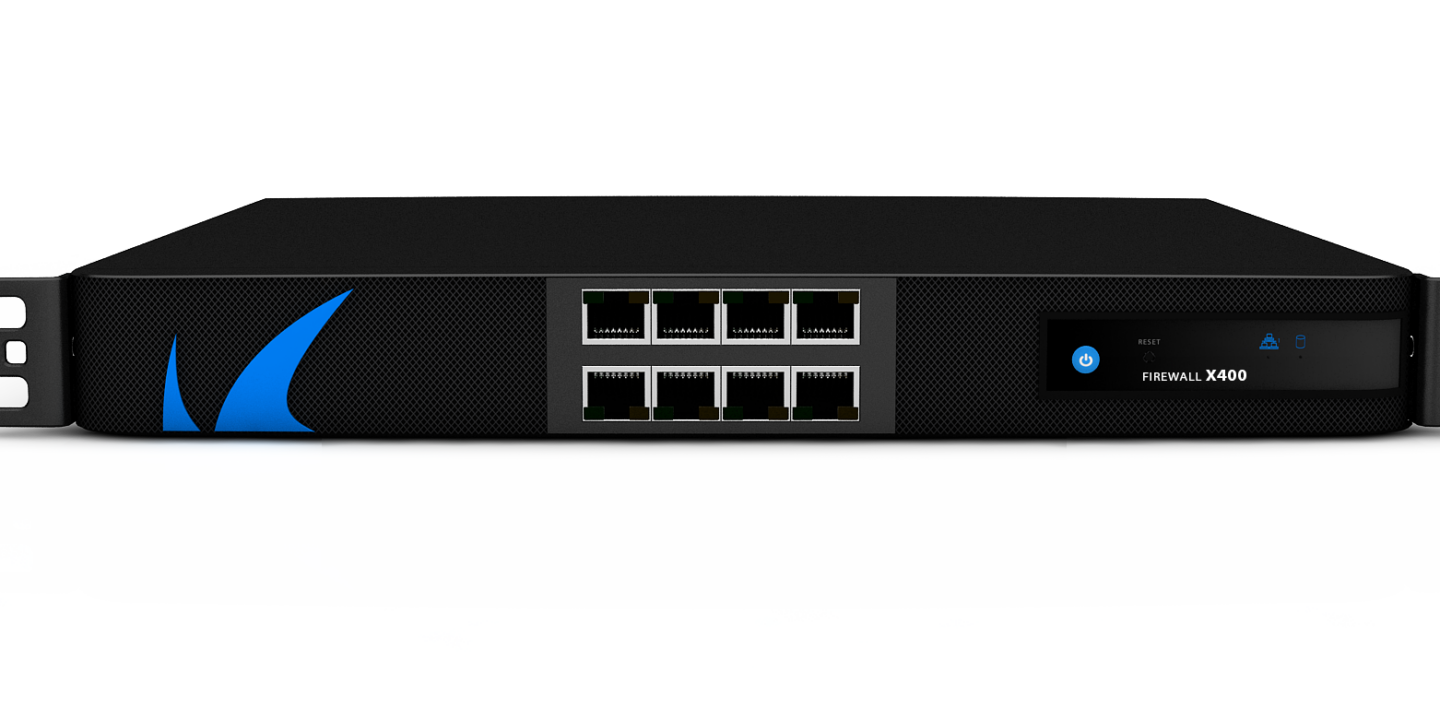
Understanding the Importance of Web Application Firewalls
The Evolving Threat Landscape
As the digital landscape expands, so does the threat landscape. Malicious actors are constantly devising new techniques to exploit vulnerabilities in web applications, aiming to gain unauthorized access, steal sensitive data, or disrupt services. WAFs act as a vital line of defense against these threats, mitigating risks and fortifying the security posture of your digital assets.
The Role of Web Application Firewalls
A Web Application Firewall is a security solution designed to monitor and filter incoming and outgoing traffic to web applications. By analyzing the data packets exchanged between clients and servers, WAFs can identify and block malicious traffic, including attacks such as SQL injections, cross-site scripting (XSS), and distributed denial-of-service (DDoS). By implementing a WAF, you proactively safeguard your web applications, shielding them from potential vulnerabilities and exploits.
Unveiling the FAQs: Enlightening Your Understanding of WAFs
FAQ 1: What is the difference between a network firewall and a web application firewall?
While both network firewalls and web application firewalls serve to protect your digital assets, they operate at different layers of the technology stack. Network firewalls primarily focus on securing the network infrastructure by controlling traffic between networks based on predefined rules. On the other hand, WAFs are specifically designed to protect web applications by examining the application layer traffic, analyzing the HTTP and HTTPS protocols, and detecting and mitigating application-level attacks.
FAQ 2: How does a Web Application Firewall work?
A WAF operates by employing various techniques to identify and filter malicious traffic. It uses rule-based analysis, signature-based detection, and anomaly detection to identify and block attacks targeting web applications. Additionally, WAFs leverage machine learning algorithms and behavioral analysis to identify new and evolving threats, providing proactive defense against zero-day attacks.
FAQ 3: Can a Web Application Firewall impact website performance?
While a WAF does introduce an additional layer of security, its impact on website performance can vary depending on several factors such as the configuration, ruleset complexity, and the overall system architecture. However, modern WAF solutions are designed to minimize performance impact by optimizing rule sets, utilizing caching mechanisms, and leveraging advanced hardware acceleration techniques. Careful configuration and performance tuning can help strike the right balance between security and performance.
FAQ 4: Are Web Application Firewalls a replacement for secure coding practices?
No, a WAF should not be considered a substitute for secure coding practices. While a WAF provides an added layer of protection, it is essential to implement secure coding practices during the development phase of web applications. Adhering to secure coding principles, such as input validation, parameterized queries, and secure session management, helps reduce the attack surface and strengthens the overall security posture.
FAQ 5: What are some top-rated Web Application Firewall solutions in the market?
Several reputable vendors offer top-rated Web Application Firewall solutions, each with its unique features and capabilities. Some prominent names in the market include:
- SentinelShield: This innovative WAF solution combines advanced threat intelligence, machine learning algorithms, and customizable rule sets to provide comprehensive protection against web application attacks.
- CyberGuardian: Armed with intelligent behavioral analysis and real-time threat monitoring, CyberGuardian offers proactive defense against emerging threats, empowering organizations to secure their web applications effectively.
- AppDefend: With its robust rule-based engine and intuitive management interface, AppDefend ensures the security and availability of web applications, detecting and blocking a wide range of application-layer attacks.
Conclusion: Embrace the Power of Web Application Firewalls
In an era of relentless cyber threats, implementing a Web Application Firewall is no longer an option but a necessity. By deploying a WAF, you fortify your digital assets against a multitude of web application attacks, ensuring their availability, integrity, and confidentiality. The insights gained from this guide should help you comprehend the significance of WAFs, their functionalities, and their role in bolstering your cybersecurity defenses. Stay ahead of the ever-evolving threat landscape by embracing the power of Web Application Firewalls and safeguarding your digital realm.







